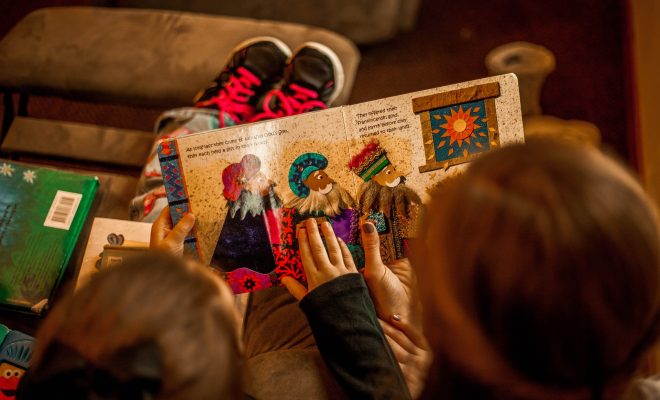Teachers Have to Understand Learning Analytics to Personalize Learning

Personalized learning refers to the practice of teaching to each individual learner. Historically, many educators have had little choice but to teach to the average. Of course, no one learner is average. This means that instruction was often not appropriate for most learners, who struggled as a result. Personalized learning reframes instruction by using the many appropriate tools, approaches, and content for each learner.
Of course, this is extremely difficult to accomplish without education technology tools. One of the keys to implementing a quality personalized learning strategy is a focus on learning analytics.
Let’s start off by defining learning analytics. It is the analysis of learner performance to shape future instruction. An educator focused on learning analytics is not content to see that a learner earned a B grade on an exam. Rather, that educator will closely assess what the learner got wrong to ensure that the learner can master that material. An important component of learning analytics is analyzing wrong answers to determine what misconceptions a learner has.
Although some educators have access to sophisticated systems for learning analytics, not all districts make that available. But educators can use free tools to leverage learning analytics to personalize learning. A learner response system such as Socrative can be used to, for example, assess a learner’s knowledge before a new unit begins with a formative assessment.
Educators can then make assignments targeted at correcting misconceptions and filling in gaps based on the personalized learning needs of individual learners before continuing with the material. Similarly, a tool as easy as Google Forms can be used to assess student learning; based on their results, learners can be directed to instructional activities that are appropriate for them.






